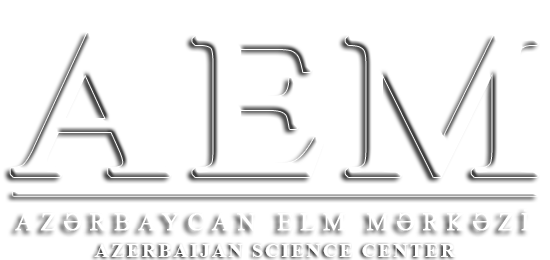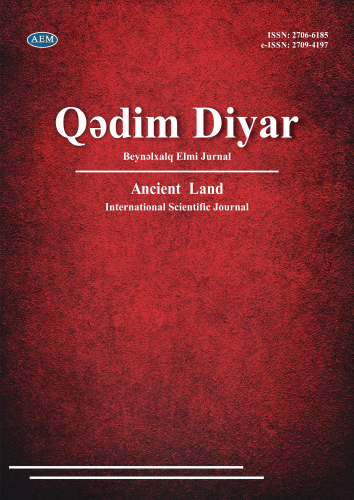https://doi.org/10.36719/2706-6185/44/54-58
Zumrud Gahramanova
Azerbaijan State Agrarian University
PhD in History
https//orcid.org/0009-0002-2973-6719
zumrud.q@mail.ru
Armenian Forgery in the Ancient Albanian Temple (Govurgala)
Abstract
Among the cultures of the Caucasus, the focus has always been on the unique and interesting culture and art of the ancient Albanian state preserved in Azerbaijan. However, our notorious Armenian neighbors constantly encroached on our material cultural monuments. No matter how much our shameful neighbors want to appropriate our history and attack Albanian historiography, research carried out on the basis of historical facts, archaeological and written sources reveals their lies.
Azerbaijani archaeologists R. M. Vahidov, R. B. Goyushov conducted research at the Govurgala monument near the village of Sofulu, Aghdam region. One of our prominent archaeologists R. M. Vahidov opposed the identification of Tigranakert with the Govurgale monument by Armenian “historians” and pointed out that this monument is not Tigranakert. R. B. Goyushov determined as a result of his research at the Govurgale monument, established that this place of residence was the city of Aluen, where the summer residence of the ruler Momin III Vachagan, mentioned by Moses of Kalankatuk in the “History of Albania,” was located. Then the monument, located on the territory of the village of Tarnaut near the Shahbulag fortress, is the remains of the city of Aluen. In this city in 498, a church council was convened, laws were adopted and the first written document in the Albanian language was compiled. Based on this, we can identify Govurgala with the city of Akna mentioned in the sources.
Keywords: temple, written sources, religion, cross, archaeological excavations

